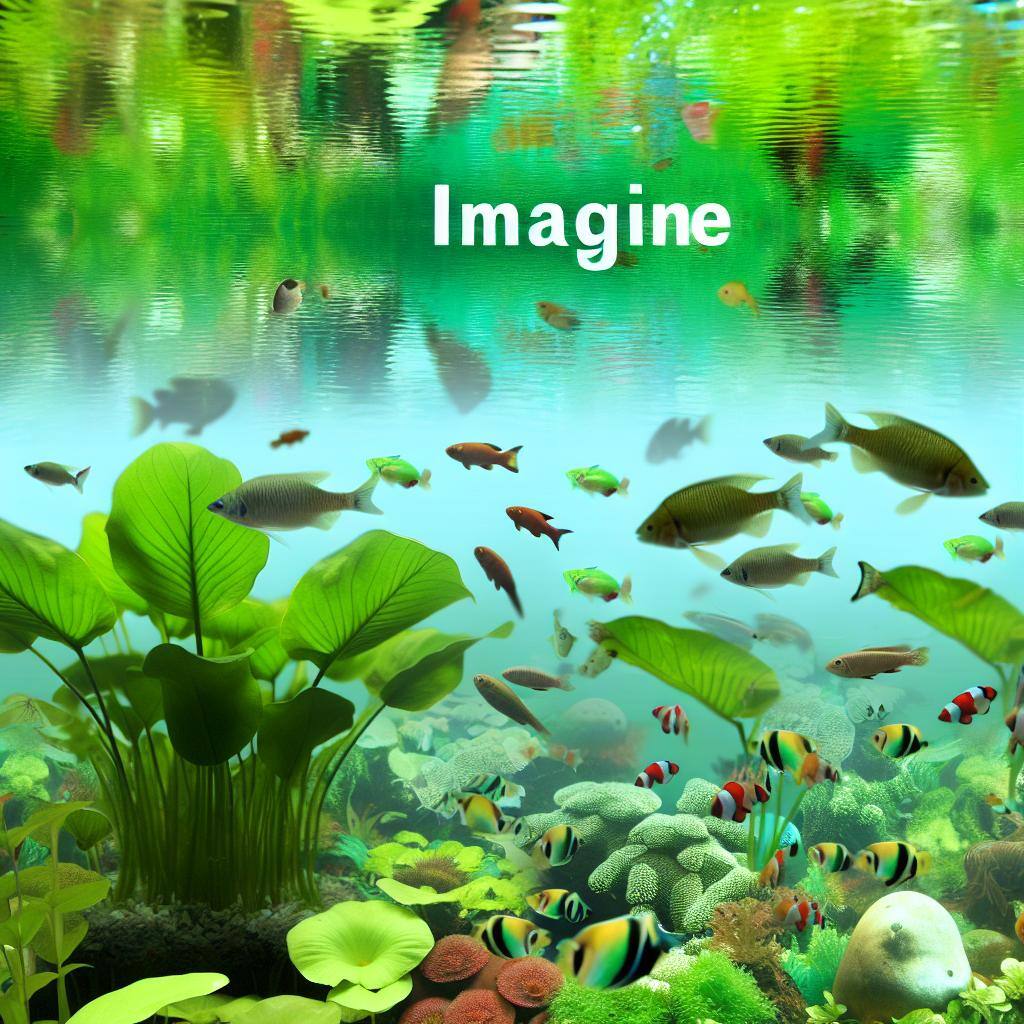
Unlock the secrets to thriving aquatic gardens with our expert tips and techniques.
Selecting the Right Plants for Your Aquarium
Choosing the right plants for your aquarium is crucial for the well-being of your aquatic ecosystem. Consider the size of your tank, lighting conditions, and the type of fish you have when selecting plants. Hardy species like Anubias and Java Fern are excellent choices for beginners due to their low maintenance requirements and ability to thrive in various conditions.
Research the natural habitat of the plants you’re interested in to ensure compatibility with your aquarium's environment. Keep in mind the growth rate and maximum size of the plants to avoid overcrowding, which can lead to poor water quality and plant health.
Understanding Light Requirements for Healthy Growth
Light is a fundamental element for plant photosynthesis and health. Aquatic plants need adequate lighting to thrive, which can be provided through natural or artificial sources. The intensity and duration of light exposure will vary depending on the plant species, with some requiring more light than others.
Use full-spectrum lights to mimic natural sunlight and consider investing in a timer to regulate light cycles, simulating day and night. Typically, a daily light period of about 8-10 hours is beneficial for most aquarium plants, but adjust as necessary based on plant response and algae growth.
Mastering the Art of Fertilization and CO2 Supplementation
Just like terrestrial plants, aquatic flora requires nutrients to flourish. A balanced fertilization regimen can provide the essential macro and micronutrients plants need. Liquid fertilizers are commonly used in aquariums, but root tabs can also be beneficial for heavy root feeders.
CO2 supplementation is another aspect to consider, especially for densely planted or high-light aquariums. It can significantly boost plant growth and vitality. However, it’s important to monitor CO2 levels carefully to maintain a safe environment for both plants and fish.
Understanding Your Type Of Plants
Aquarium plants can be categorized into different types, such as foreground, midground, and background plants, each serving a specific role in aquascaping. Foreground plants are typically shorter and used to create a carpeting effect, while midground plants provide depth, and background plants add height and cover.
It's also essential to distinguish between root-feeding plants, which absorb nutrients primarily through their root system, and water column feeders that take up nutrients directly from the water. This knowledge will guide you in proper planting techniques and nutrient placement.
Combatting Common Plant Diseases and Pests
Aquarium plants can be susceptible to diseases and pests, such as algae overgrowth, snail infestations, or fungal infections. Proper maintenance, such as regular water changes and avoiding overfeeding, can prevent many of these issues. For algae control, consider introducing algae-eating fish or manually removing it during routine tank cleaning.
If plants become diseased, remove the affected parts to prevent the spread. Use quarantine procedures for new plants to minimize the introduction of pests into the aquarium. There are also chemical treatments available, but use them cautiously to avoid harming your plants and fish.
Routine Maintenance and Pruning Techniques
Regular maintenance is key to a healthy planted aquarium. Pruning not only keeps your plants looking their best but also promotes new growth. Remove dead leaves and trim overgrown stems to maintain the desired shape and size of your plants.
When performing water changes, gently vacuum the substrate to remove debris without disturbing plant roots. Monitor water parameters regularly to ensure a stable environment. Consistent care will reward you with a lush, vibrant underwater garden.
Enhance the health and vitality of your aquarium plants by incorporating a sponge filter for aquarium into your setup. Aquarium sponge filters play a crucial role in plant care by providing efficient mechanical and biological filtration. These filters help to remove debris and excess nutrients from the water, creating a cleaner and healthier environment for your plants to thrive. The sponge material also serves as a beneficial surface for beneficial bacteria to colonize, aiding in the nitrogen cycle and promoting plant growth. By utilizing a sponge filter in your aquarium, you can improve water quality, reduce algae growth, and support the overall well-being of your aquatic garden. Invest in a high-quality sponge filter today to elevate your plant care routine and create a flourishing underwater oasis.
Additional Resources:
Aquarium Care - Provide The Best Environment
Ultimate Guide to Cryptocoryne Plant Care
Top Plants For Lively Fish Tank
How to Cycle A Fish Tank Fast

Leave a Comment